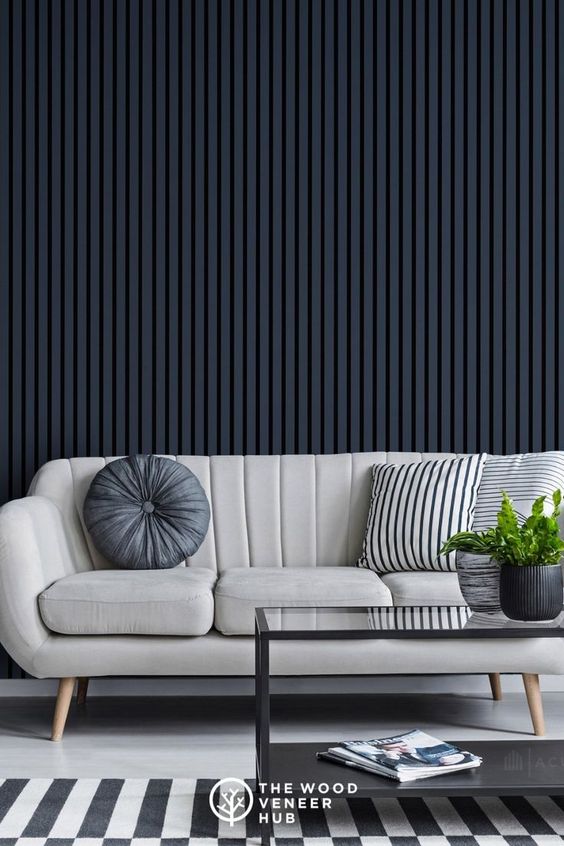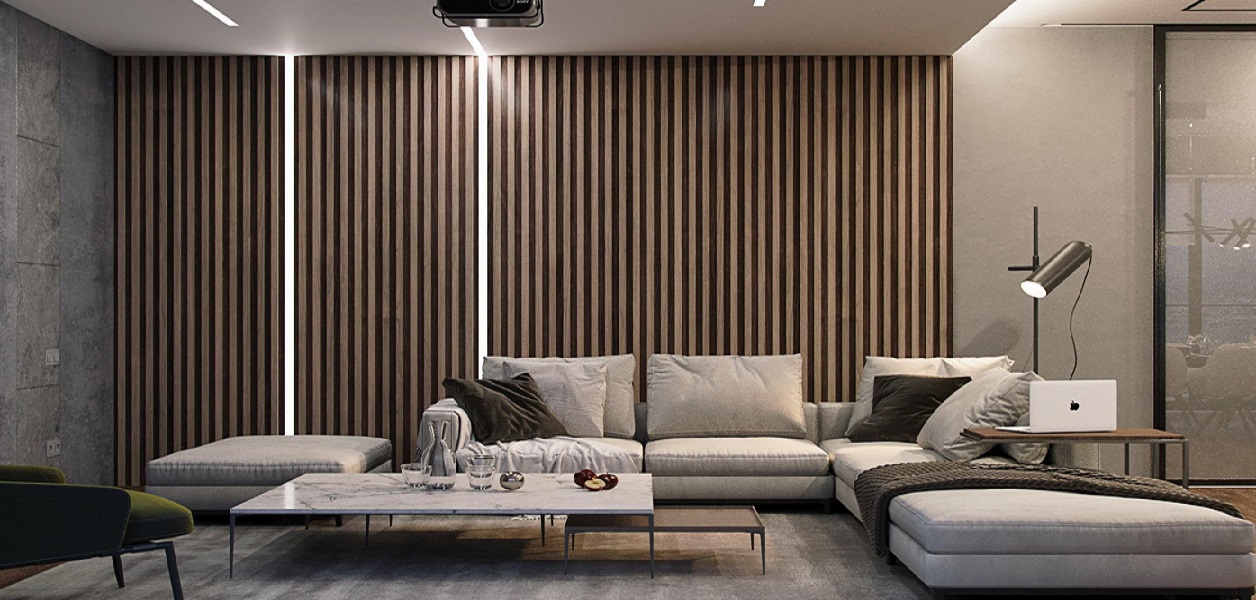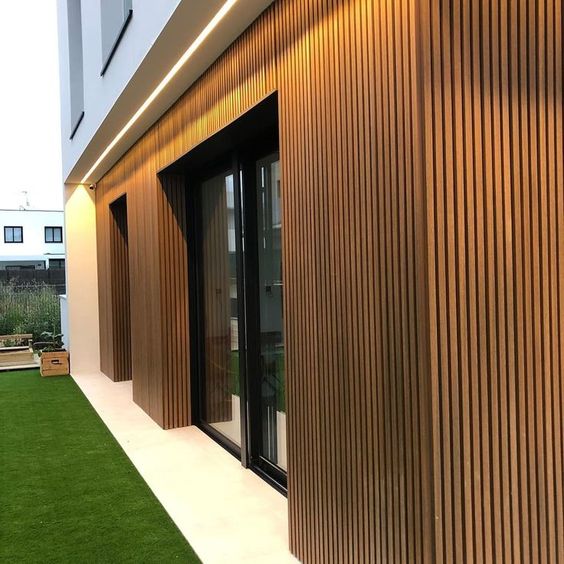Wall cladding is the process of covering the interior or exterior walls of a building with various materials to enhance thermal insulation, durability, and aesthetics. It involves the installation of one material over another to create an attractive and protective layer on the walls, following architectural design principles. Wall cladding materials can include stone, brick, metal, wood, or composite panels, which are applied to the wall’s surface.
The primary purpose of wall cladding is to provide both visual appeal and protection to a building. It shields the structure from various climatic elements such as strong winds, snow, rain, humidity, sunlight, and other irritants that could harm the building. Additionally, wall cladding enhances energy efficiency by offering additional thermal insulation, which helps regulate indoor temperatures and reduces heating and cooling expenses.
In response to the growing demand for sustainable construction practices, wall cladding has become essential in the design of eco-friendly and energy-efficient buildings. It not only contributes to the building’s aesthetics but also plays a crucial role in its overall performance and sustainability






